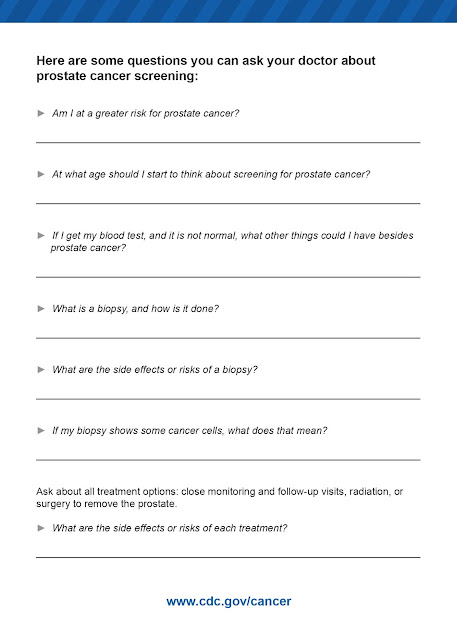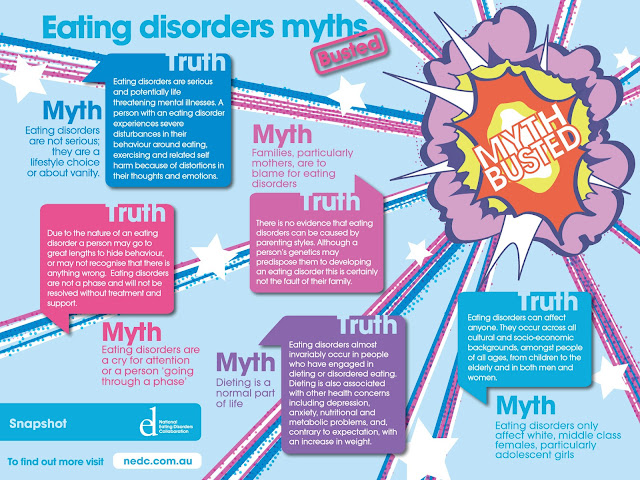Anorexia nervosa, also called anorexia, is a potentially life-threatening eating disorder that is characterized by self-starvation and excessive weight loss. The disorder is diagnosed when a person weighs at least 15% less than his or her normal/ideal body weight. Extreme weight loss in people with anorexia nervosa can lead to dangerous health problems and even death.
Anorexia Nervosa is characterised by persistent energy intake restriction, intense fear of gaining weight and disturbance in self perceived weight or shape. For some people, restricting their food and weight can be a way of controlling areas of life that feel out of their control and their body image can come to define their entire sense of self worth. It can also be a way of expressing emotions that may feel too complex or frightening such as pain, stress or anxiety.
People with anorexia often use food and eating as a way to gain a sense of control when other areas of their lives are very stressful or when they feel overwhelmed. Feelings of inadequacy, low self-esteem, anxiety, anger, or loneliness also might contribute to the development of the disorder. In addition, people with eating disorders might have troubled relationships, or have a history of being teased about their size or weight. Pressure from peers and a society that equates thinness and physical appearance with beauty also can have an impact on the development of anorexia.
The Warning Signs of Anorexia Nervosa
Having awareness about AN and its signs and symptoms can make a huge difference to the duration and severity of the illness. Seeking help at the first warning sign is much more effective than waiting until the illness is in full swing. If you or someone you know is exhibiting some or a combination of these signs it is vital to seek help and support as soon as possible.
Someone with AN may display any combination of the following warning signs.
Physical Signs
- Rapid weight loss or frequent weight changes
- Loss or disturbance of menstruation in girls and women and decreased libido in men
- Fainting or dizziness
- Feeling cold most of the time, even in warm weather (caused by poor circulation)
- Feeling bloated, constipated, or the development of intolerances to food
- Feeling tired and not sleeping well
- Lethargy and low energy
- Facial changes (e.g. looking pale, sunken eyes)
- Fine hair appearing on face and body
Psychological Signs
- Preoccupation with eating, food, body shape and weight
- Feeling anxious and/or irritable around meal times
- Intense fear of gaining weight
- Unable to maintain a normal body weight for their age and height
- Depression and anxiety
- Reduced capacity for thinking and increased difficulty concentrating
- ‘Black and white’ thinking (e.g. rigid thoughts about food being ‘good’ or ‘bad’)
- Having a distorted body image (e.g. seeing themselves as overweight when they are actually underweight)
- Low self esteem and perfectionism
- Increased sensitivity to comments relating to food, weight, body shape, exercise
- Extreme body image dissatisfaction
Behavioural Signs
- Dieting behaviour (e.g. fasting, counting calories/kilojoules, avoiding food groups such as fats and carbohydrates)
- Deliberate misuse of laxatives, appetite suppressants, enemas and diuretics
- Repetitive or obsessive behaviours relating to body shape and weight (e.g. repeated weighing, looking in the mirror obsessively and pinching waist or wrists)
- Evidence of binge eating (e.g. disappearance or hoarding of food)
- Eating in private and avoiding meals with other people
- Anti-social behaviour (spending more and more time alone)
- Secrecy around eating (e.g. saying they have eaten when they haven’t, hiding uneaten food)
- Compulsive or excessive exercising (e.g. exercising in bad weather, continuing to exercise when sick or injured, and experiencing distress if exercise is not possible)
- Radical changes in food preferences (e.g. suddenly disliking food they have always enjoyed in the past, reporting of food allergies or intolerances, becoming vegetarian)
- Obsessive rituals around food preparation and eating (e.g. eating very slowly, cutting food into very small pieces, insisting that meals are served at exactly the same time everyday)
- Preoccupation with preparing food for others, recipes and nutrition
- Self harm, substance abuse or suicide attempts
The Treatment for Anorexia
Emergency or not, treatment of anorexia is challenging because most people with the disorder deny they have a problem -- or are so terrified of becoming overweight that they may oppose efforts to help them gain a normal weight. Like all eating disorders, anorexia requires a comprehensive treatment plan that is adjusted to meet the needs of each patient.
Goals of treatment include restoring the person to a healthy weight, treating emotional issues such as low self-esteem, correcting distorted thinking patterns, and developing long-term behavioral changes.
Treatment most often involves a combination of the following treatment methods:
- Psychotherapy: This is a type of individual counseling that focuses on changing the thinking (cognitive therapy) and behavior (behavioral therapy) of a person with an eating disorder. Treatment includes practical techniques for developing healthy attitudes toward food and weight, as well as approaches for changing the way the person responds to difficult situations.
- Medication: Certain antidepressant medications such as selective serotonin reuptake inhibitors (SSRIs) might be used to help control anxiety and depression associated with an eating disorder. Some antidepressants may also help with sleep and stimulate appetite. Other types of medications also might be offered to help control anxiety and/or distorted attitudes toward eating and body image.
- Nutrition counseling: This strategy is designed to teach a healthy approach to food and weight, to help restore normal eating patterns, and to teach the importance of nutrition and following a balanced diet.
- Group and/or family therapy: Family support is very important to treatment success. It is important that family members understand the eating disorder and recognize its signs and symptoms. People with eating disorders might benefit from group therapy, where they can find support, and openly discuss their feelings and concerns with others who share common experiences and problems.
- Hospitalization: As mentioned above, hospitalization might be needed to treat severe weight loss that has resulted in malnutrition and other serious mental or physical health complications, such as heart disorders, serious depression, and risk of suicide. In some cases, the patient may need to be fed through a feeding tube or through an IV.
For More...

















